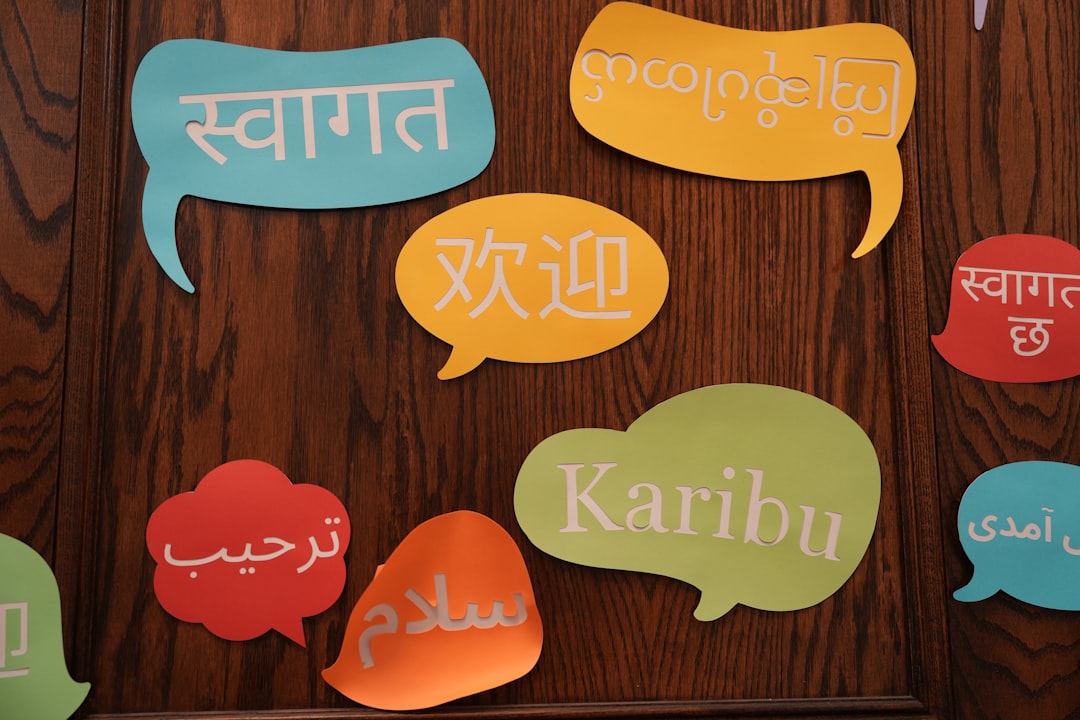Artificial Intelligence (AI) has revolutionized the field of language translation over the past decade. From improving communication between cultures to enabling businesses to reach global markets, AI-powered translation systems are pushing the boundaries of what was once considered manual or slow. Several successful AI translation projects have emerged as pioneers in this transformation, showcasing remarkable accuracy, efficiency, and scalability.
One of the key players in this space is Google Translate. What began as a statistical machine translation platform has now evolved into a deep learning-based model using Google’s Neural Machine Translation (GNMT) system. This technology produces more natural and contextually appropriate translations by considering entire sentences rather than translating piece by piece. Today, Google Translate supports over 130 languages and facilitates billions of translations daily, serving a diverse global audience.

Another noteworthy project is Microsoft Translator, which leverages AI and cloud computing to offer real-time translations across multiple platforms, including Microsoft Teams, Office, and even developer APIs. One of the most impactful use cases of Microsoft Translator has been in real-time transcription and translation during virtual meetings, especially as remote work became the norm. Its integration into educational settings has also helped bridge language barriers for students and parents whose first language isn’t English.
Facebook’s investment in multilingual translation using unsupervised learning is a standout example in research and innovation. Their Multilingual Machine Translation (MMT) project focuses on removing the dependency on English as an intermediary language. With this system, Facebook can translate between two languages—for example, Hindi and Vietnamese—without first converting the content into English. This approach makes translation more efficient and accurate, especially in low-resource languages.

A significant example outside of big tech comes from DeepL Translator, a startup that has earned praise for its linguistic precision. DeepL uses advanced AI driven by neural networks tailored specifically for language tasks. What sets DeepL apart is its attention to tone, style, and idiomatic expressions, making it a favorite among professionals who require high translation quality, such as legal or academic translators.
The public sector has also benefited greatly from AI translations. The European Commission’s eTranslation platform is an AI-based system offering secure translations for public administration across EU member states. It helps facilitate communication between European institutions in 24 official languages, enhancing cross-border collaboration and bureaucracy efficiency.
Moreover, AI translators are having a tangible impact in humanitarian efforts. The Translators without Borders organization uses AI technologies to provide crisis-response translations for populations affected by conflict or natural disasters. These translations help aid workers communicate vital information promptly and accurately in local languages, often under extremely challenging conditions.
Key Benefits Observed in These Projects
- Scalability: AI translators can handle millions of translations simultaneously.
- Speed: Real-time and near-instantaneous translations are possible with cloud integration.
- Customization: AI adapts to specific industries or domains for improved accuracy.
- Cultural Sensitivity: Context-aware algorithms make translations more natural and culturally relevant.
As AI translation tools continue to mature, future developments are likely to include better support for underrepresented languages, more seamless voice-to-text translation integration, and enhanced privacy-preserving models to secure sensitive information.
FAQ
- Q: What makes AI translation more accurate than traditional methods?
- A: AI translation systems use neural networks trained on large datasets, allowing them to understand context, tone, and syntax better than rule-based or statistical models.
- Q: Are AI translation tools suitable for legal or medical documents?
- A: While improvements are ongoing, some tools like DeepL offer high-quality results suitable for professional use. However, human oversight is still recommended for highly sensitive or nuanced content.
- Q: Do AI translators work offline?
- A: Some AI translation apps offer offline capabilities, especially for popular language pairs, though functionality may be limited compared to online versions.
- Q: How is AI helping in humanitarian translation efforts?
- A: AI enables rapid translation of emergency messages into local languages during crises, improving response times and the effectiveness of aid organizations.
- Q: What is the future of AI translation?
- A: The future includes better support for rare languages, improved voice-to-voice translation, and privacy-focused architectures to protect user data.